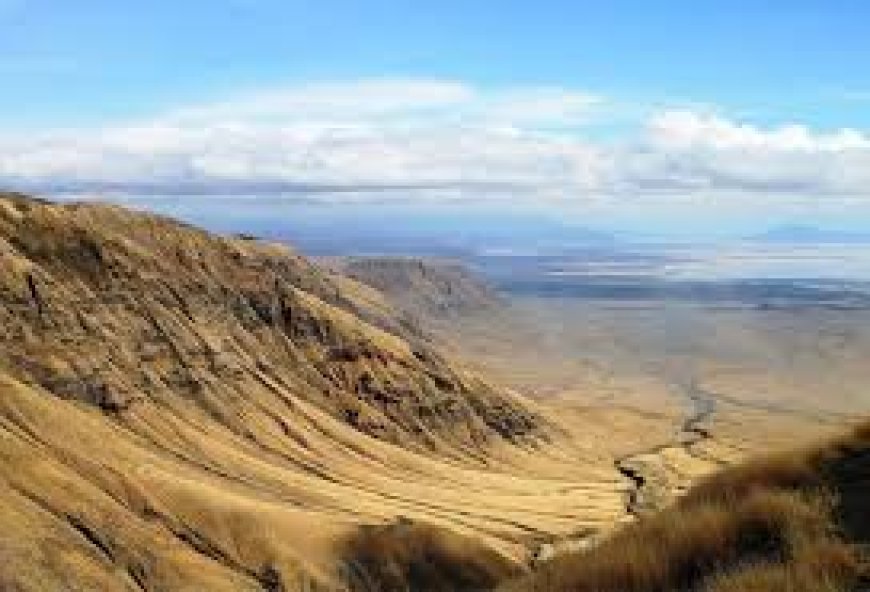World’s sixth ocean in the making? Geologists predict potential emergence from depths of Africa

**The five oceans on the planet Earth are the Atlantic Ocean, Pacific Ocean, Indian Ocean, Arctic Ocean and Antarctic Ocean. The Antarctic Ocean is also known as the Southern Ocean.
**********************************************************************************************************************
AMIDST the vast expanse of Earth's oceans, geologists have ignited discussions of a potential sixth ocean emerging from the depths of Africa. The African continent, with its intricate geological makeup, is currently at the forefront of a rare phenomenon that could reshape our planet's geography.
Nestled within the Horn of Africa lies the Afar Triangle, a geological hotspot where the convergence of the Nubian, Somali and Arabian plates sets the stage for monumental tectonic shifts.
Since 2005, when a 35-mile-long rift cracked open the Ethiopian desert, global attention has turned to the slow but steady separation of the African continent. This rift shows that immense forces are already at play beneath the Earth's surface as tectonic plates gradually drift apart.
Reports citing geologists speculated that within the next 5 to 10 million years, Africa could be cleaved in two. This could further give rise to a new ocean basin. This transformation would see the Red Sea and the Gulf of Aden inundating the Afar region. This could lead to the birth of a distinct continent in East Africa.
The formation of a new ocean typically occurs through the process of plate tectonics. Earth's outer shell is divided into several large, rigid plates that float on the semi-fluid asthenosphere beneath them. These plates are in constant motion, driven by the heat generated from Earth's interior.
When two tectonic plates move away from each other, they create a gap or rift between them. As the plates move apart, magma from the mantle rises to fill the gap. This magma cools and solidifies to form a new crust along the boundary.
As more magma rises and solidifies, the oceanic crust continues to expand outward from the mid-ocean ridge. This expansion pushes the existing oceanic crust away from the ridge. As the process of seafloor spreading continues, the gap between the diverging plates widens, eventually forming a new ocean basin.
The formation of a new ocean basin is a continuous process that can take millions of years.
